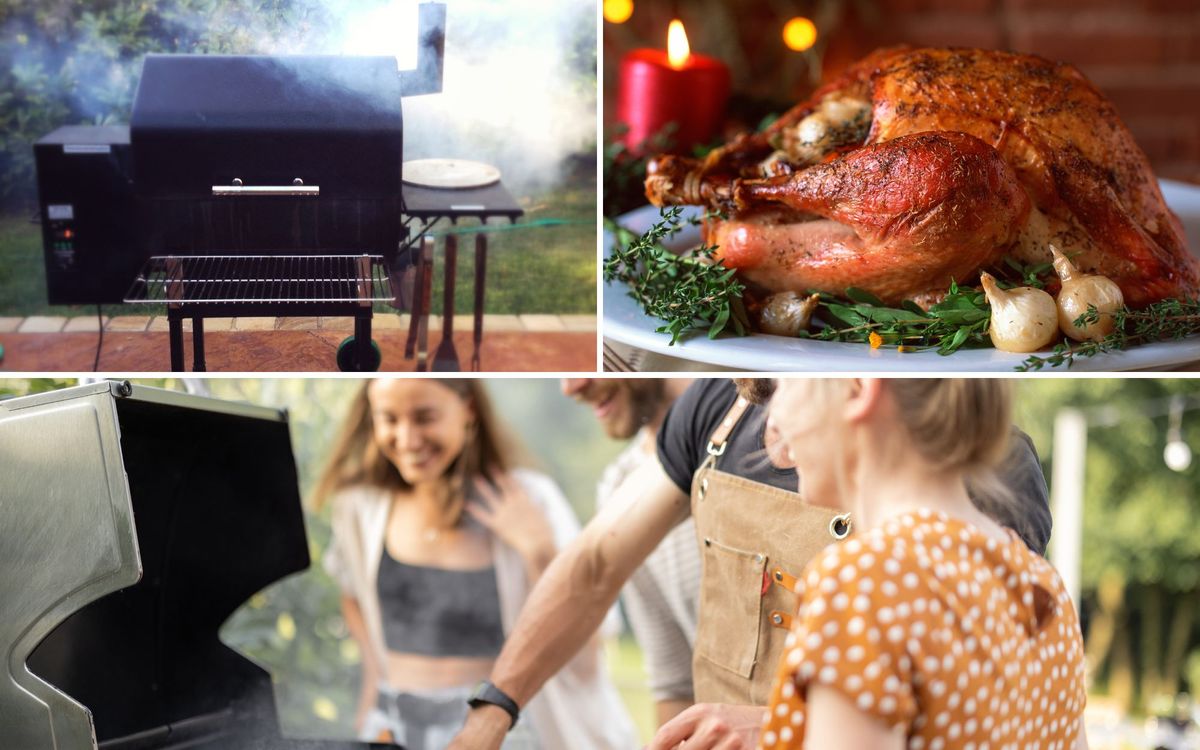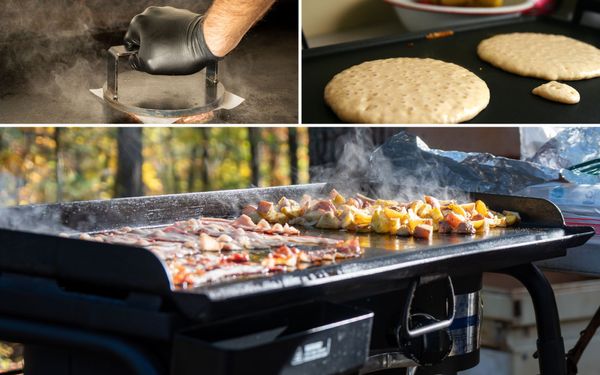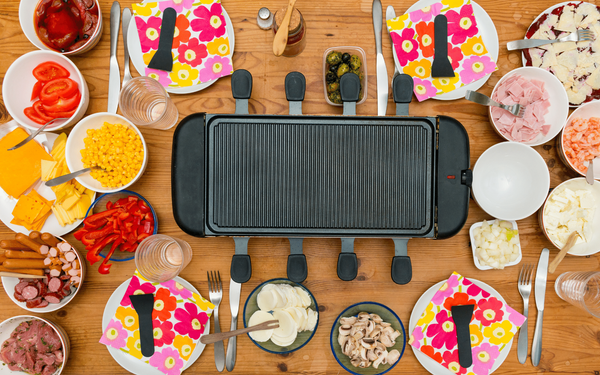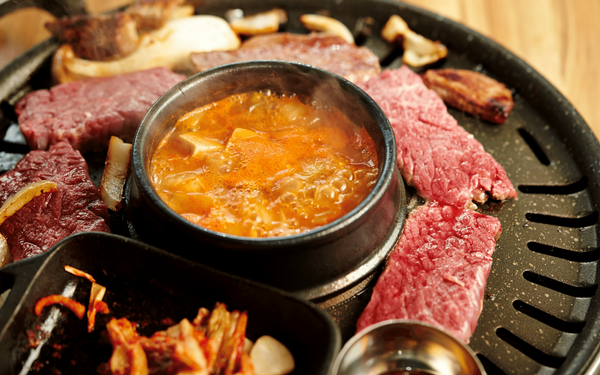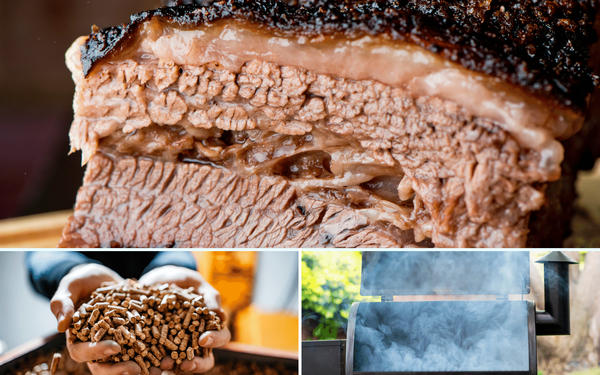When it comes to grilling, that smoky-rich, charred flavor is hard to beat, however, it's wasted if the rest of your mouthful is tough or inconsistently cooked! So, how do get the crispy char yet also a consistently succulent, flavorful meal? One way is through indirect cooking, and your gas grill can provide that to you with no problem when you know how!
In this guide, we will explore what indirect heat grilling on a gas grill is all about and how to successfully use it when preparing your favorite outdoor meals, so that with a little bit of technique and practice, you'll be masterfully cooking delicious grilled dishes in no time!
Basics of Indirect Cooking
As you shift beyond being a beginner on the grill, mastering the art of cooking with both direct and indirect heat on gas grills is a must!
There's a little bit of technique to indirect cooking, but it's not really that hard, so pretty much anybody with a 3 + burner gas grill can do it (you could use a 2-burner to cook some items using indirect heat but it is a little trickier).
What is indirect cooking?
Simply put, indirect heating is when you use one side of your gas grill (or any type of grill) to cook food that is placed on the cooking grate on the other side of the grill (and where the burners aren't turned on). With indirect cooking, heat radiates around the entire piece of food instead of just cooking one side.
This method of having hot air circulating is particularly good for cooking larger cuts of meat at lower temperatures for longer periods of time. Examples include butterflied lamb, a whole chicken, chicken breasts (as they can dry out when direct heat grilling due to not having a lot of fat) ribs, brisket, and so on; but is equally good for smaller cuts such as cooking a good steak (although you may decide to sear it first, or reverse sear it which is searing it after indirectly cooking it)!
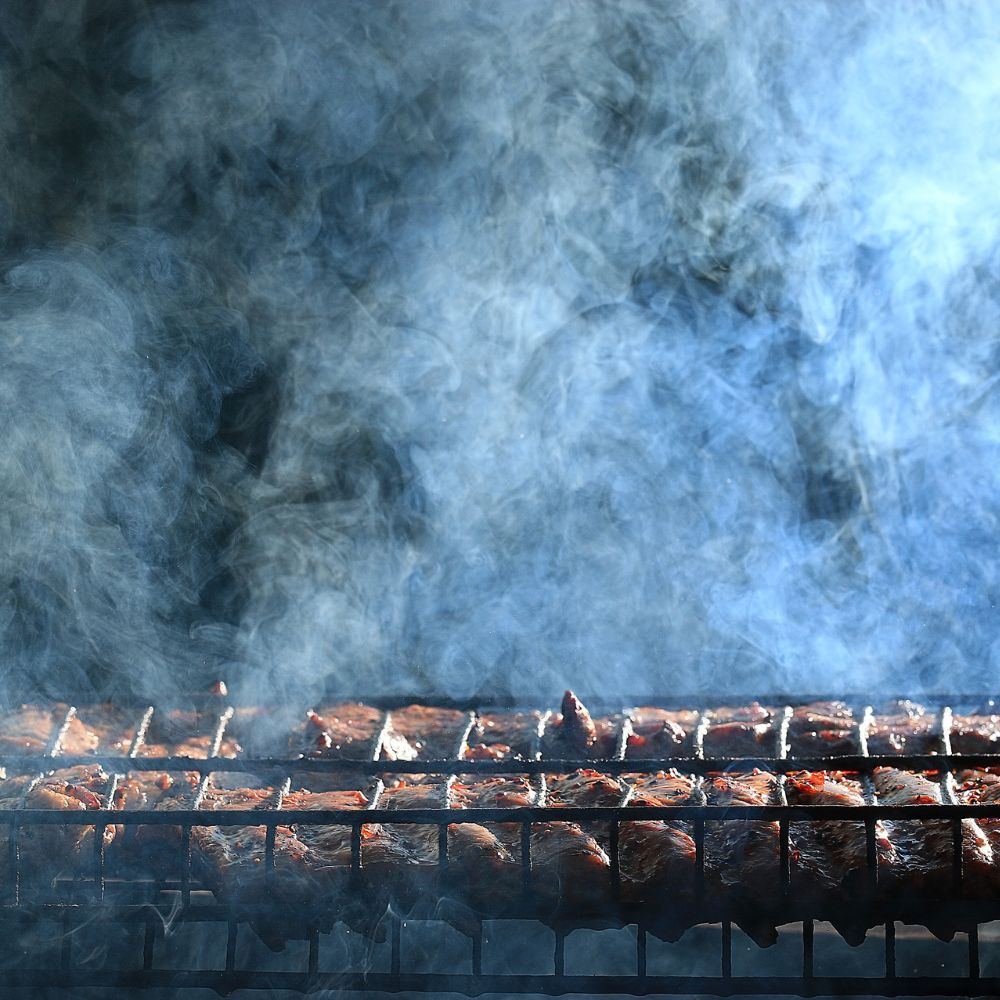
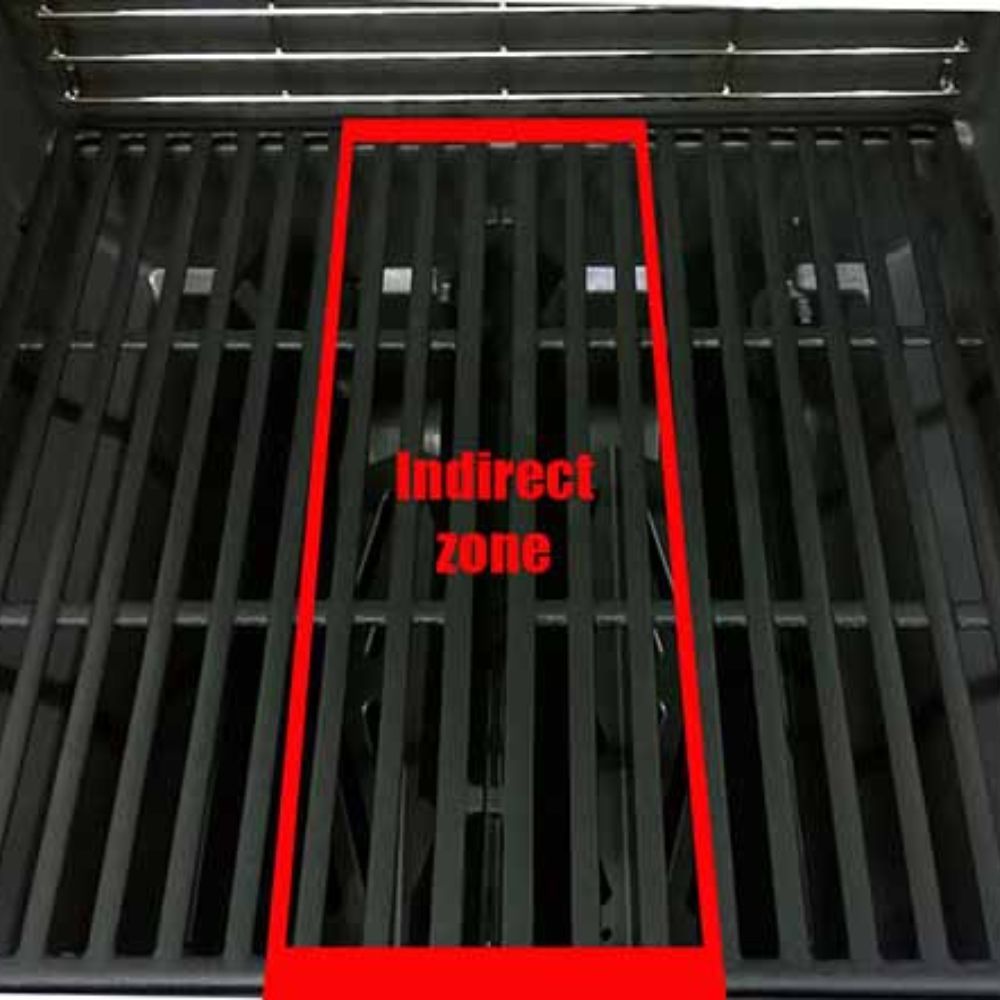
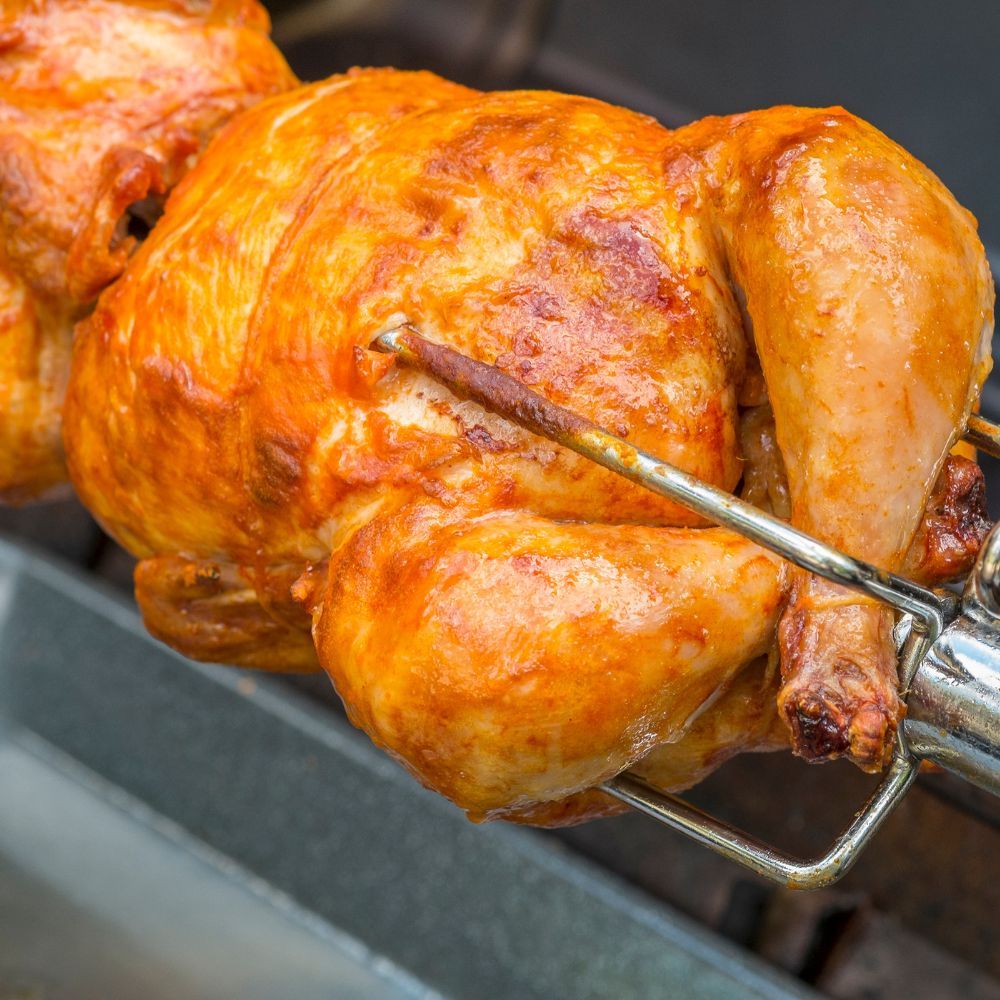
What's the process for indirectly cooking food?
The following steps can be followed to indirectly cook your next meal:
- Essentially you want to create two zones. One is for heating, and the other is where your food actually cooks. Ideally, you have at least a three burner grill, but regardless, to create dual zones, simply turn one burner (either the one furthest on the left or furthest on the right) onto the desired heat setting, onto a low or medium-high heat. Or, if for instance, you are going to indirectly cook meat using a rotisserie (such as a whole chicken), if you have a 4-burner grill, turn on both the furthest left and furthest right grills, which creates the indirect cooking zone in the middle of your grill which is where your rotisserie meat will be turning (as per the middle pic above).
- While not essential, we do recommend you place a foil drip pan (or similar) on top of the unlit side of the grill (or in the case of rotisseried grilling, in the middle of your unit), and partially fill it with hot water. This helps to maintain moisture in your cook, and it also helps to catch juices that drip from your food as it cooks.
- Close the lid while indirect grilling and monitor the temperature throughout the cooking. We recommend you use a temp probe to ensure you know how the inside of your meat is cooking, and it also means you won’t need to open your grill to check, losing precious heat (and therefore an even, consistent cooking environment).
- If you want additional smoky flavor closer to what a charcoal grill or pellet smoker then we recommend using a smoke tube, which is an inexpensive yet very effective way to infuse smoke into your grilled cooking.
- Once your food is cooked through, remove it from the grill and let it rest for at least 10 minutes (depending on the cut and size of what you've cooked a lot longer than this might be best) before serving. This is a really important step that helps redistribute juices throughout your whole meal.
And there you have it, the basics of creating an indirectly cooked meal!
Benefits of Indirect Heating
this section briefly explores the benefits of this style of cooking.
Crispy skin without burning
Indirect heat is the perfect method for getting that crispy skin on chicken or fish without it burning or drying out.
For some cuts, depending on how you like it, you might prefer to briefly sear it first before cooking using the indirect method, or sear it after cooking, but don't overdo it as you don't want to take away from the benefits of indirect cooking.
More even cooking
When using a direct heat source, it can be difficult to ensure even cooking across different parts of the food. If some areas are cooking faster than others, you could end up with an unevenly cooked meal. One of the biggest benefits of indirect cooking is that the food cooks slowly and evenly. This ensures that all sides cook at an even pace and don’t burn before they’re done, allowing it to stay juicy throughout the whole cook while developing a delicious golden-brown crust.
This method is great for barbecuing all cuts of meat but is particularly advantageous over other methods for larger cuts of meat like pork roasts or briskets as it'll reduce the likelihood of them drying out.
Smokey flavor
Another benefit of using a gas grill for indirect cooking is that you can get that amazing smoked flavor without having to use wood chips or charcoal briquettes, although if you do want a boost, as previously mentioned, consider adding a pellet tube into the mix to create an intense flavor profile that will leave your guests begging for more!
Low Maintenance Cleanup
Using indirect heat gas grill style requires very minimal cleanup afterward since most of the mess is contained within the tray you'll put down (if you choose to do this), resulting in not much mess anywhere to be cleaned.
To Sum Up
While there's certainly a time and place for directly cooking food (e.g., for pork chops or if you want a great sear on your steak), indirect cooking takes your gas grill BBQ to a whole new level and is when you'll start having your family and guests ask how you managed to achieve such a consistently moist, and tasty cook on a gas grill!
If you're looking to impress your guests with perfectly cooked food, give indirect heating a try next time you fire up the grill!
We trust that this article has provided you with some tips for setting up zones for different levels of heat and giving indirect cooking a go.
Thanks for reading, and if you have any questions then don't hesitate to send them to support@ravedreviews.com for a personalized response!


